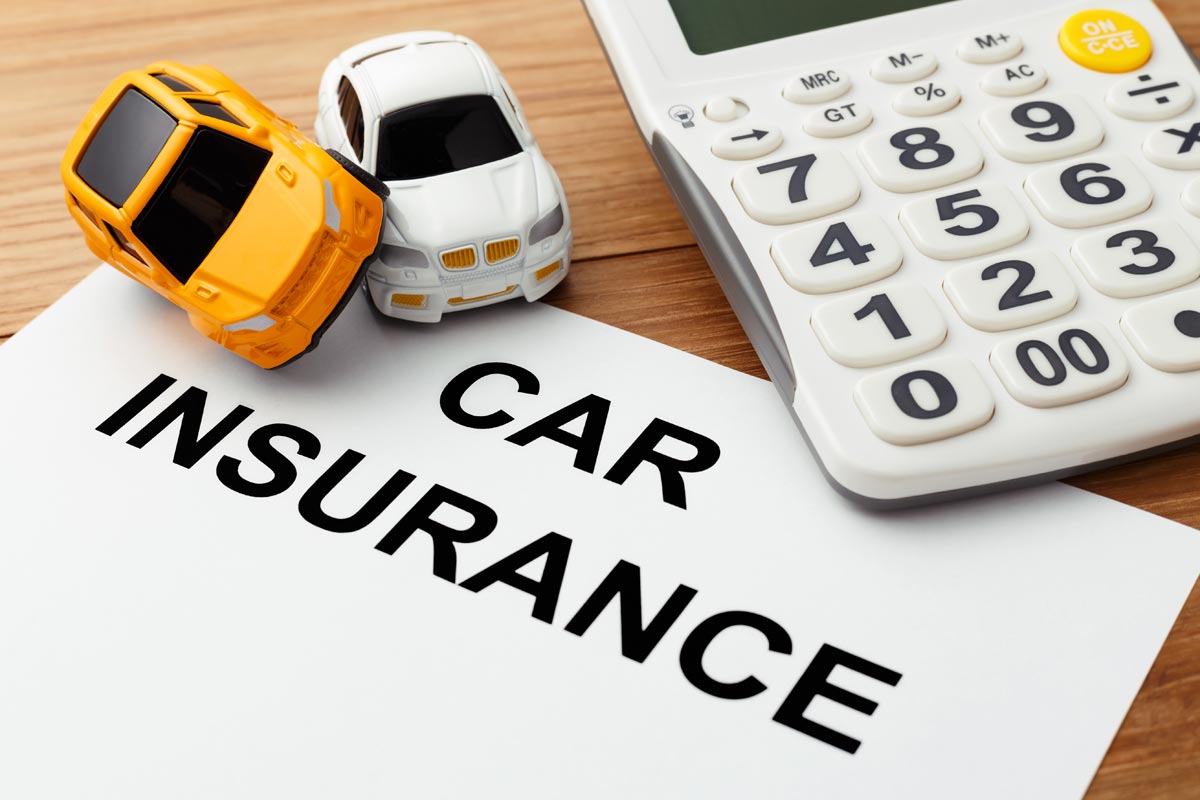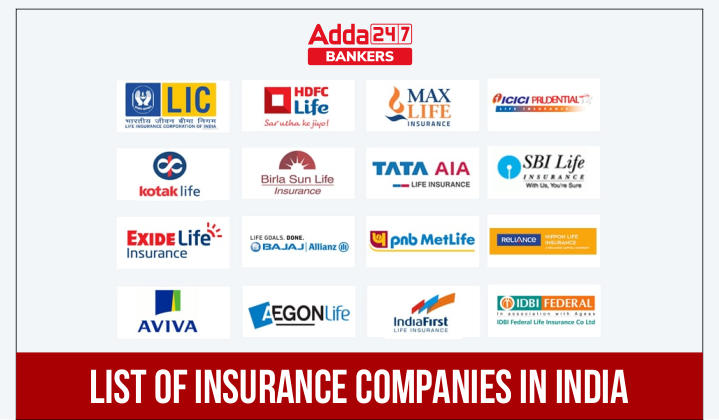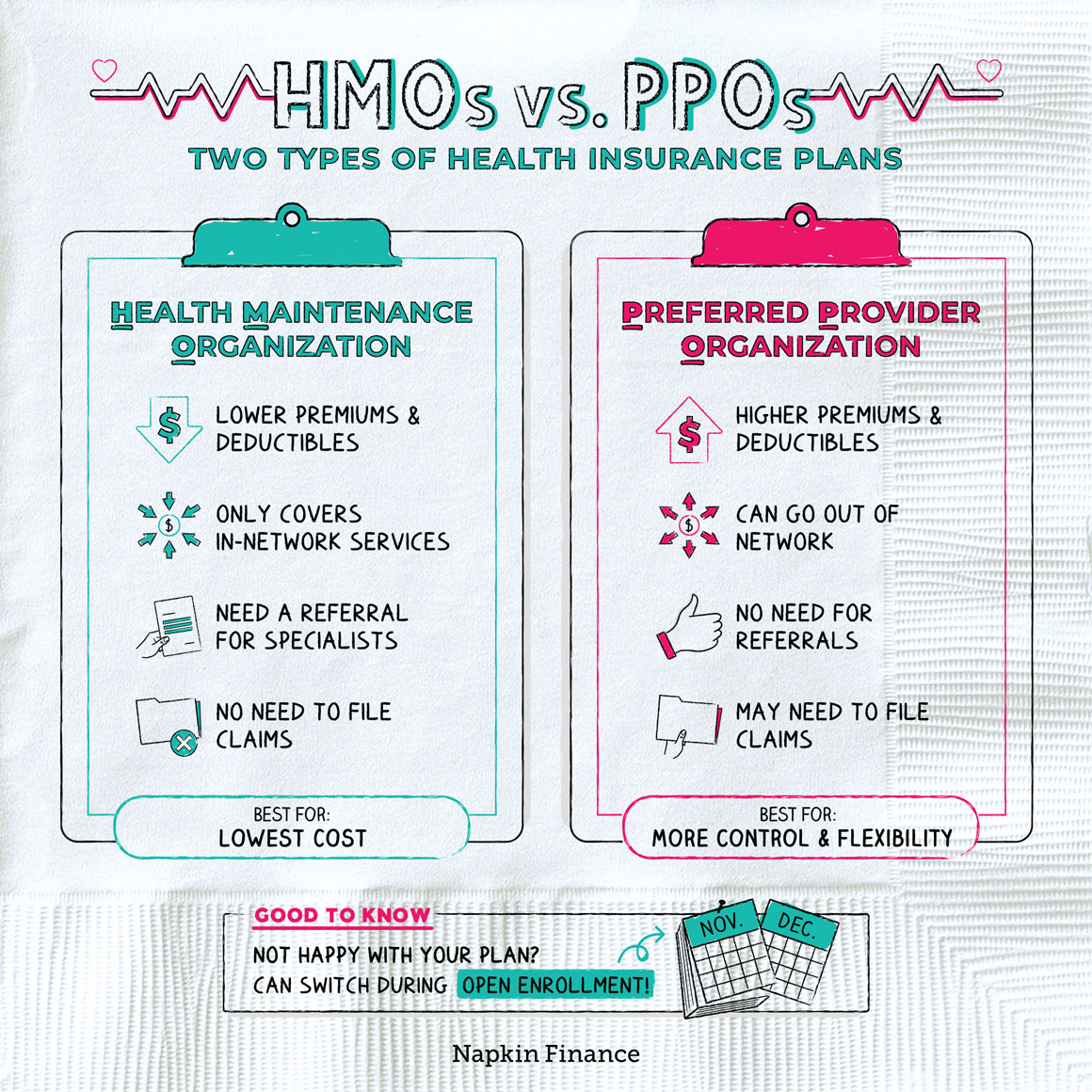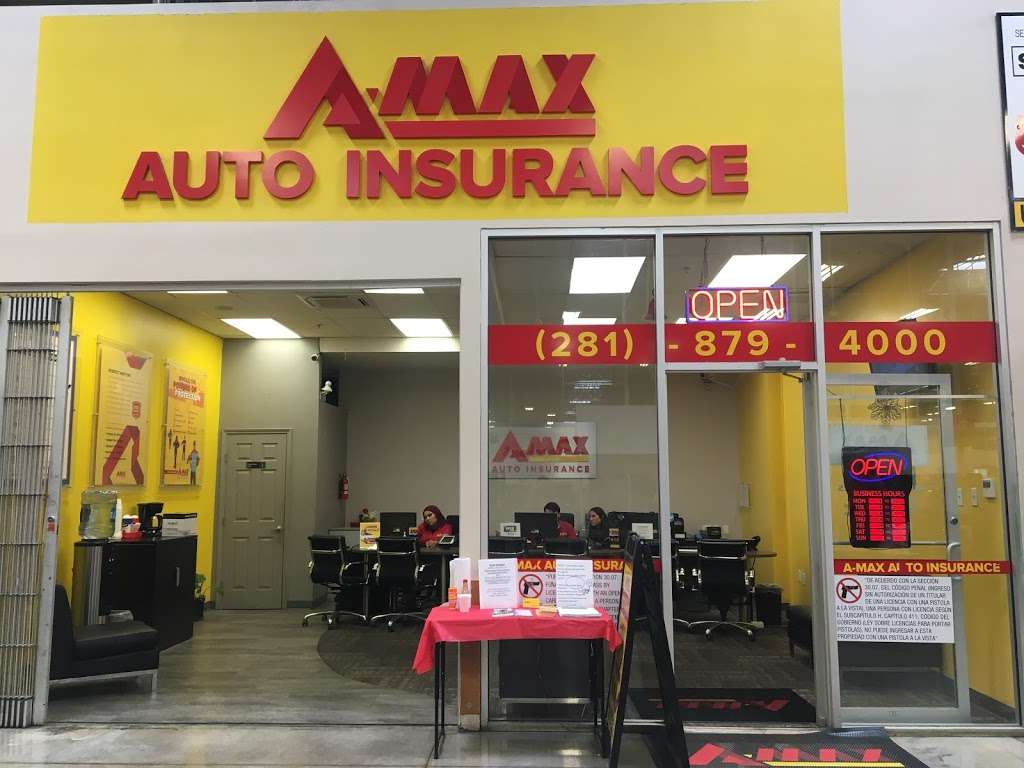Aleatory Insurance Definition: A Deep Dive into Contracts of Chance
Insurance, a pillar of financial security, often rests on the foundation of aleatory contracts. These contracts, where the exchange of value is inherently unequal, introduce a fascinating element of chance into the equation. In this exploration, we delve into the intricate world of aleatory insurance, examining its defining characteristics, the underlying principles, and the implications for both individuals and businesses. At its core, aleatory insurance involves a fundamental asymmetry. The insured party pays a relatively small premium, while the insurer assumes a potentially significant financial burden in the event of a covered loss. This inherent imbalance is what distinguishes aleatory contracts from other types of agreements, and it creates a dynamic where the outcome for each party hinges on the occurrence of a future event. Introduction to Aleatory Contracts An aleatory contract is a type of agreement where the performance of one or both parties is contingent upon the occurrence of an uncertain event. In the context of insurance contracts, this means that the insurer’s obligation to pay benefits is dependent on the occurrence of a covered loss. The concept of aleatory contracts is central to the insurance industry. It allows individuals and businesses to transfer the risk of financial loss to an insurance company in exchange for a premium. Key Characteristics of Aleatory Contracts Aleatory contracts are distinguished by several key characteristics: Unequal Exchange: The value exchanged by each party is not necessarily equal. The insured pays a premium, but the insurer may not have to pay anything if a covered loss does not occur. Conversely, the insurer may have to pay a substantial sum if a covered loss does occur. Contingency: The performance of one or both parties is dependent on the occurrence of an uncertain event. For example, an insurance policy will only pay out benefits if the insured suffers a covered loss. Risk Transfer: The insured transfers the risk of financial loss to the insurer in exchange for a premium. This is the fundamental principle of insurance. Examples of Aleatory Contracts in Insurance Many common insurance policies are examples of aleatory contracts, including: Life Insurance: The insured pays premiums, but the insurer only pays a death benefit if the insured dies during the policy term. Health Insurance: The insured pays premiums, but the insurer only pays medical expenses if the insured becomes ill or injured. Property Insurance: The insured pays premiums, but the insurer only pays for damage to property if it is damaged or destroyed by a covered peril. Auto Insurance: The insured pays premiums, but the insurer only pays for damages to the insured’s vehicle or injuries to others if the insured is involved in an accident. The Principle of Indemnity The principle of indemnity is a fundamental concept in insurance law, particularly in the context of aleatory insurance contracts. It dictates that an insured person should not be able to profit from an insurance claim, but rather should be restored to their financial position prior to the loss. This principle ensures that insurance is a tool for risk management and not a means to gain financial advantage. How the Principle of Indemnity Affects Coverage The principle of indemnity determines the maximum amount an insurer will pay for a claim. The insurer will only cover the actual financial loss suffered by the insured, up to the policy limit. This means the insured cannot recover more than the value of the lost property or the actual cost of the incurred loss. Examples of the Principle of Indemnity in Practice Property Insurance: If a house insured for $500,000 is completely destroyed by fire, the insurer will pay a maximum of $500,000, regardless of the actual cost of rebuilding. If the house could be rebuilt for $400,000, the insured will receive $400,000, reflecting the actual loss. The insured cannot claim the full $500,000, as this would represent a profit. Health Insurance: In the case of medical expenses, the insurer will typically pay the actual cost of treatment, up to the policy limit. For instance, if a policy covers $10,000 in medical expenses and the insured incurs $7,500 in medical bills, the insurer will pay $7,500. Liability Insurance: When a liability policy covers a claim for bodily injury or property damage, the insurer will pay the actual damages awarded by a court or settled by the parties involved, up to the policy limit. If the insured is found liable for $20,000 in damages and the policy limit is $50,000, the insurer will pay the full $20,000. Risk and Uncertainty Aleatory insurance contracts are built on the foundation of risk and uncertainty. The very essence of insurance lies in the transfer of risk from one party (the insured) to another (the insurer). This transfer is predicated on the possibility of an uncertain event occurring, which would result in a financial loss for the insured. Risk Transfer Insurance functions as a mechanism for risk transfer. The insured pays a premium to the insurer in exchange for the insurer’s promise to cover a potential financial loss. The insurer, in turn, pools together premiums from numerous policyholders, creating a fund to cover potential claims. This pooling of risk allows the insurer to spread the cost of potential losses across a larger group, reducing the financial impact on any individual policyholder. Types of Risks Covered Aleatory insurance contracts cover a wide range of risks, including: Property risks: These risks involve the potential loss or damage to physical assets, such as homes, vehicles, and businesses. Examples include fire, theft, natural disasters, and accidents. Liability risks: These risks arise from potential legal claims against the insured for causing harm to others. Examples include negligence, product liability, and professional malpractice. Personal risks: These risks involve the potential loss of income or financial security due to death, disability, or illness. Examples include life insurance, health insurance, and disability insurance. The Concept of Premium In the context of aleatory insurance contracts, the premium is the price paid by the insured to the insurer for the coverage provided. It is a fundamental aspect of insurance, representing the financial consideration for the insurer’s promise to indemnify the insured against potential losses. Premium Determination Premiums are calculated based on a complex assessment of various factors, aiming to ensure that the insurer collects enough funds to cover potential claims and administrative expenses while generating a reasonable profit. Expected Losses: The primary factor influencing premium calculations is the expected frequency and severity of claims. This involves analyzing historical data, statistical models, and risk assessments to estimate the potential losses the insurer might face. Risk Profile of the Insured: The insurer considers the individual characteristics and circumstances of the insured, such as age, health, driving history, and occupation, to determine their risk profile. Higher-risk individuals typically pay higher premiums due to the increased likelihood of claims. Coverage Amount: The amount of coverage chosen by the insured directly affects the premium. Higher coverage limits generally translate to higher premiums, as the insurer assumes greater financial responsibility. Administrative Expenses: The insurer’s operating costs, including salaries, marketing, and claims processing, are factored into the premium. These costs are essential for the insurer to function effectively and provide services. Profit Margin: Insurers need to generate a profit to remain sustainable. A reasonable profit margin is factored into the premium calculation to ensure the insurer’s long-term viability. Types of Insurance Premiums There are various types of insurance premiums, each with its unique characteristics and applications. Level Premiums: Level premiums remain constant throughout the policy term, regardless of changes in risk over time. This is common in life insurance policies, where the premium is fixed for the duration of the policy. Flexible Premiums: Flexible premiums allow policyholders to adjust their premium payments within certain limits. This option provides flexibility for individuals with fluctuating incomes or changing insurance needs. Variable Premiums: Variable premiums are tied to the performance of underlying investments. The premium amount may fluctuate based on the investment returns, offering the potential for higher returns but also carrying greater risk. Risk-Based Premiums: Risk-based premiums are determined based on the individual’s risk profile. This approach ensures that individuals who pose a higher risk to the insurer pay higher premiums. Types of Aleatory Insurance Aleatory insurance contracts are prevalent across various sectors, each tailored to specific risks and uncertainties. Understanding these different types is crucial for grasping the breadth of this fundamental insurance principle. Life Insurance Life insurance contracts are a quintessential example of aleatory contracts. The insurer promises to pay a death benefit upon the insured’s demise, while the insured pays premiums during their lifetime. The outcome is uncertain: the insured might live longer than expected, rendering the premiums paid a ”loss” for the insurer. Conversely, if the insured dies prematurely, the insurer incurs a significant payout. This uncertainty inherent in the contract defines its aleatory nature. Health Insurance Health insurance policies are also fundamentally aleatory. Policyholders pay premiums to cover potential medical expenses, but the actual healthcare costs they incur are unpredictable. The insured might remain healthy throughout the policy period, resulting in a ”loss” for the insurer. Conversely, if the insured faces substantial medical expenses, the insurer assumes the financial burden. The aleatory nature stems from the uncertainty surrounding the insured’s health status and the associated healthcare costs. Property Insurance … Read more










